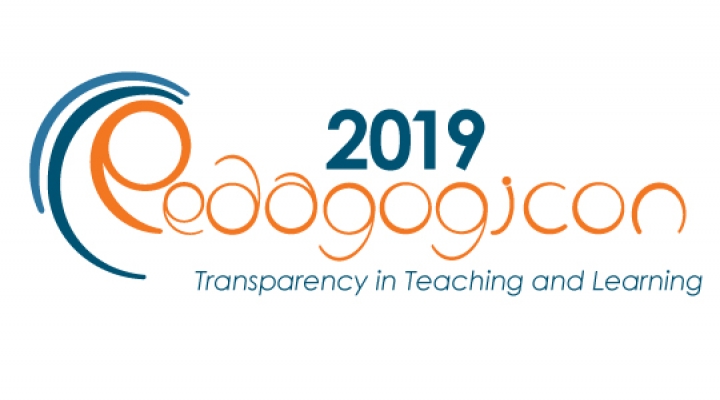Publication Date
2020
Abstract
Teaching and learning both should be fun, engaging, and impactful in lasting ways. Studies show that student engagement and information retention increases when students are immersed in active learning - hands-on usage of the information. Modern faculty members are seeking methods of incorporating active learning into their teaching, but may not know where to start when creating their own active learning materials. This paper will outline a process for creating new activities. Included are appendices full of creative active-learning formats (hot topics borrowed from primary and secondary education), as well as guidelines on when to use them that will make teaching and learning fun and practical. These media are also useful for developing transferable skills that students will bring into the workplace.
Creative Commons License

This work is licensed under a Creative Commons Attribution 4.0 License.
Developing Active Learning Exercises for Any Content
Teaching and learning both should be fun, engaging, and impactful in lasting ways. Studies show that student engagement and information retention increases when students are immersed in active learning - hands-on usage of the information. Modern faculty members are seeking methods of incorporating active learning into their teaching, but may not know where to start when creating their own active learning materials. This paper will outline a process for creating new activities. Included are appendices full of creative active-learning formats (hot topics borrowed from primary and secondary education), as well as guidelines on when to use them that will make teaching and learning fun and practical. These media are also useful for developing transferable skills that students will bring into the workplace.


